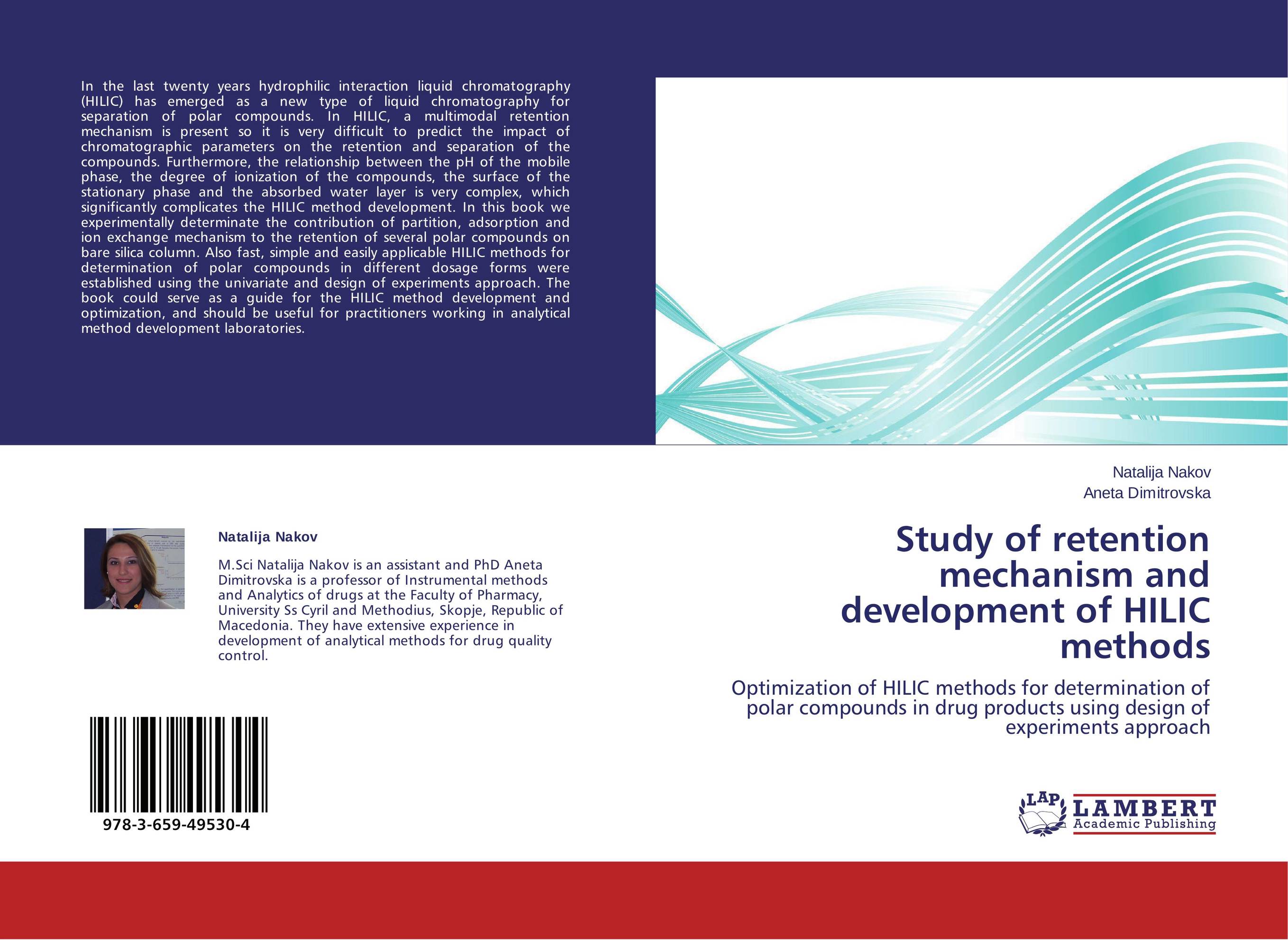| Поиск по каталогу |
|
(строгое соответствие)
|
- Профессиональная
- Научно-популярная
- Художественная
- Публицистика
- Детская
- Искусство
- Хобби, семья, дом
- Спорт
- Путеводители
- Блокноты, тетради, открытки
Study of retention mechanism and development of HILIC methods. Optimization of HILIC methods for determination of polar compounds in drug products using design of experiments approach

В наличии
| Местонахождение: Алматы | Состояние экземпляра: новый |

Бумажная
версия
версия
Автор: Natalija Nakov and Aneta Dimitrovska
ISBN: 9783659495304
Год издания: 2013
Формат книги: 60×90/16 (145×215 мм)
Количество страниц: 92
Издательство: LAP LAMBERT Academic Publishing
Цена: 24345 тг
Положить в корзину
| Способы доставки в город Алматы * комплектация (срок до отгрузки) не более 2 рабочих дней |
| Самовывоз из города Алматы (пункты самовывоза партнёра CDEK) |
| Курьерская доставка CDEK из города Москва |
| Доставка Почтой России из города Москва |
Аннотация: In the last twenty years hydrophilic interaction liquid chromatography (HILIC) has emerged as a new type of liquid chromatography for separation of polar compounds. In HILIC, a multimodal retention mechanism is present so it is very difficult to predict the impact of chromatographic parameters on the retention and separation of the compounds. Furthermore, the relationship between the pH of the mobile phase, the degree of ionization of the compounds, the surface of the stationary phase and the absorbed water layer is very complex, which significantly complicates the HILIC method development. In this book we experimentally determinate the contribution of partition, adsorption and ion exchange mechanism to the retention of several polar compounds on bare silica column. Also fast, simple and easily applicable HILIC methods for determination of polar compounds in different dosage forms were established using the univariate and design of experiments approach. The book could serve as a guide for the HILIC method development and optimization, and should be useful for practitioners working in analytical method development laboratories.
Ключевые слова: Method Development, Liquid Chromatography, HILIC, retention mechanism, desing of experiments



